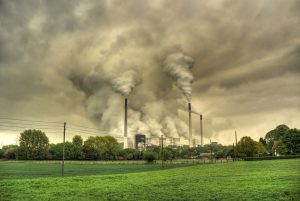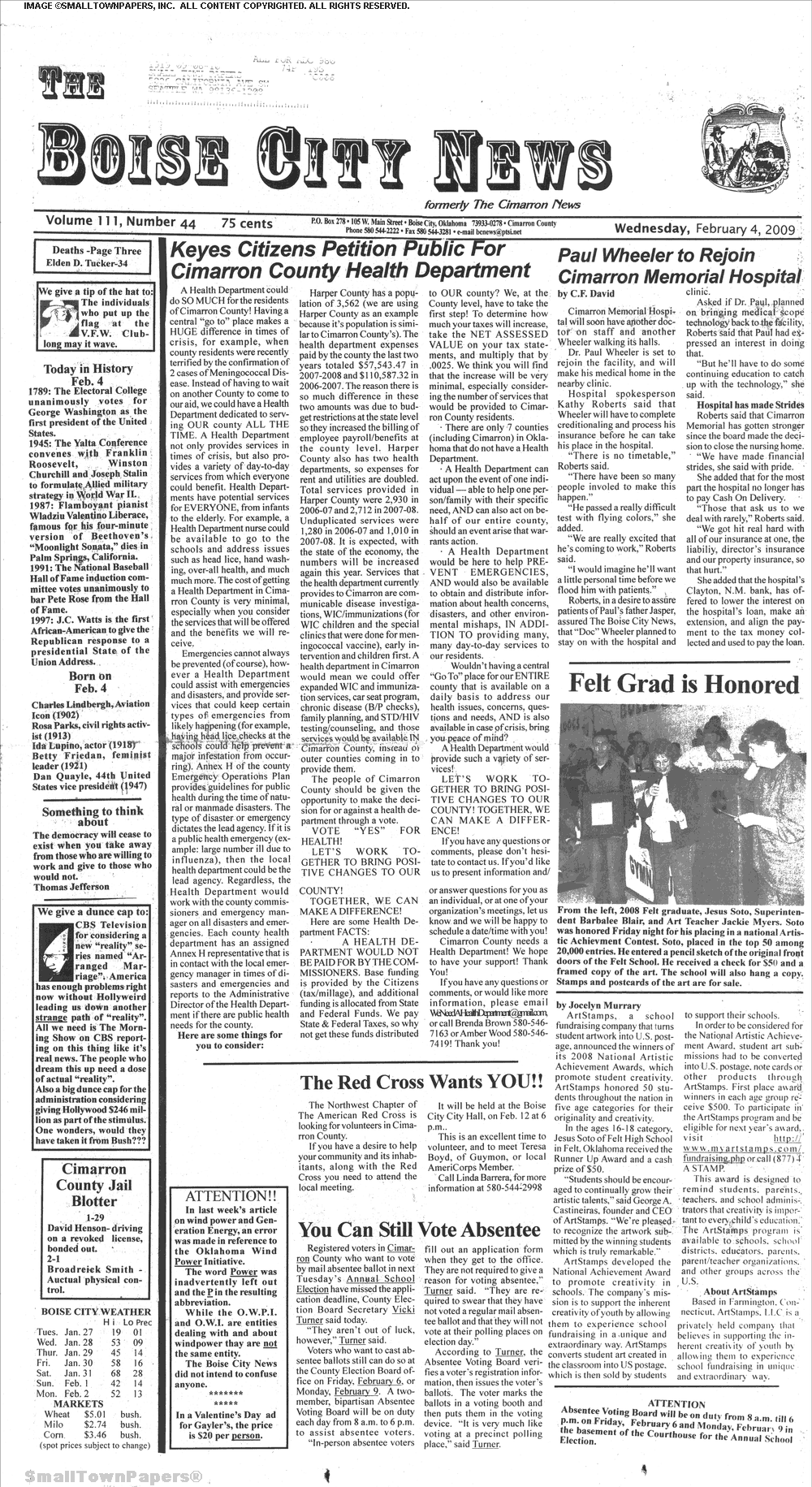
But despite the hype (and… oh boy!), not in a good way. So-called artificial intelligence – no relation to intelligence, but the word just seems so suggestive – is actually just machine learning. And who teaches the machine to learn how they learn what they learn? Humans. Thus, AI/ml also includes all the joys of human foibles.
Oh, and not just the racism + sexism. Also, the burning:
For example, recommendation and advertising algorithms are often used in advertising, which in turn drives people to buy more things, which causes more carbon dioxide emissions. It’s also important to understand how AI models are used, Kaack says. A lot of companies, such as Google and Meta, use AI models to do things like classify user comments or recommend content. These actions use very little power but can happen a billion times a day. That adds up.
It’s estimated that the global tech sector accounts for 1.8% to 3.9% of global greenhouse-gas emissions. Although only a fraction of those emissions are caused by AI and machine learning, AI’s carbon footprint is still very high for a single field within tech.
With a better understanding of just how much energy AI systems consume, companies and developers can make choices about the trade-offs they are willing to make between pollution and costs, Luccioni says.
I know – that’s your shocked face. But move fast because it’s important to keep up with the language as it changes and the conditions do not, or are made worse. Because the investment society that cultures large language models and the like already feels three steps ahead, because they never under-invest in PR. Relying on ‘companies and developers to make the right choices about trade-offs’ is only in any way reliable to the extent we change the end of that statement above about what they are ‘willing’ to do. Otherwise, we’re only and ever at the mercy of the companies and developers, no matter whether they blame it on some disembodied algorithm, call it machine learning or whatever.
It’s definitely artificial something.
Image via reset.org

